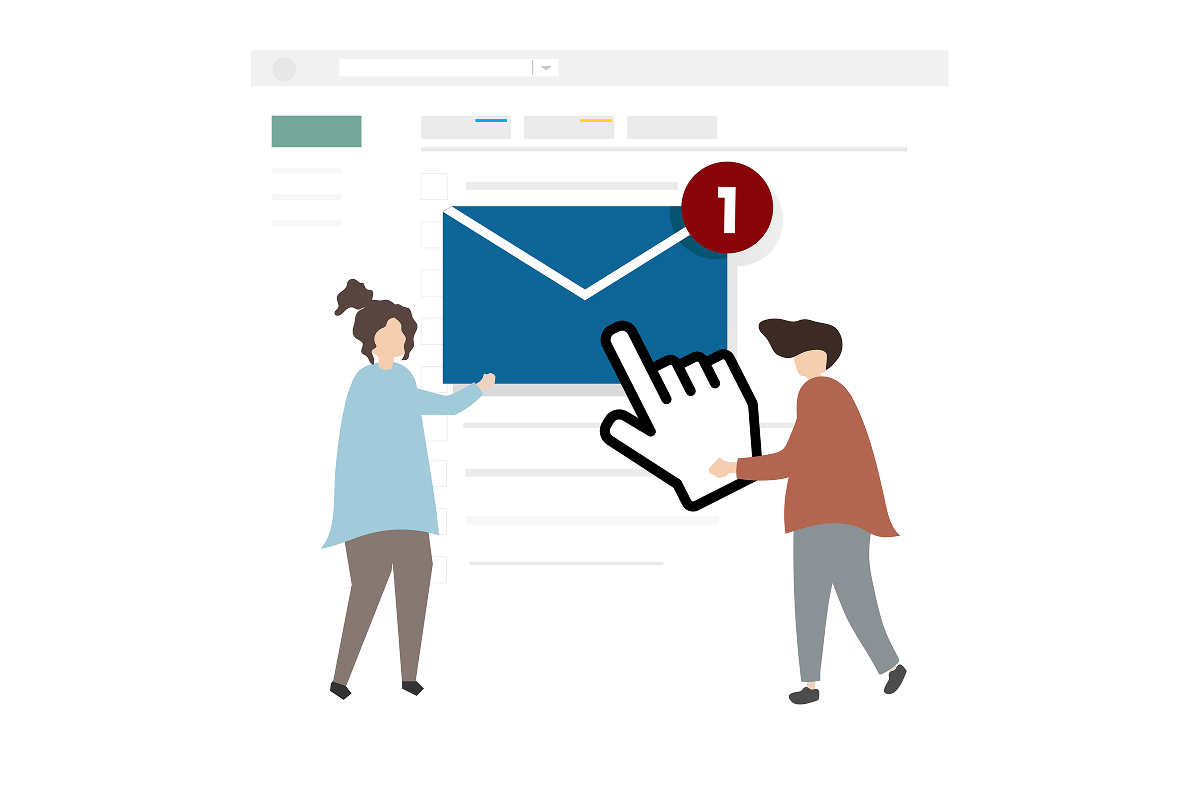
Email marketing is still one of the strongest digital marketing tools out there, but generic mass emails are becoming a thing of the past. Consumers today expect to experience something tailored to their needs and interests. Knowing how to execute sophisticated personalisation strategies can revolutionise your email campaigns, resulting in much higher open and click-through rates.
The human mind is designed to notice things that seem relevant personally. Seeing one’s name or getting content that resonates with what they are interested in makes an instant connection. This psychological fact is the basis for successful email marketing personalisation. Instead of mailing your whole email list as a block, successful marketers know that each one of your subscribers is a distinct individual with individual preferences, activity, and requirements.
Today’s consumer is hit with dozens of emails every day, so it is vital to be noticed among the chaos of inboxes. Personalized emails generate an aura of exclusivity and importance that regular messages can never create. When people feel that an email was tailored especially for them, they become more susceptible to take actions on the content.
Advanced personalisation is much more than the insertion of a recipient’s first name in a subject line. Dynamic content personalisation creates email templates that adapt automatically using subscriber information. This method lets you send highly targeted content to various segments of your audience within one campaign.
Consider using location-based personalisation by adding local weather data, local store locations, or local events to your email content. This strategy provides a direct perception of relevance and proves that you know their location.
Behavioral triggers represent one of the most effective advanced personalisation tactics available to email marketers. These automated campaigns respond to specific actions or inactions taken by your subscribers, delivering timely and relevant messages that address their current situation.
Abandoned cart emails are an excellent example of how behavioral triggers work. If a person places products in their shopping cart but does not make the purchase, an auto email can notify them of their abandoned products with an incentive to finish buying. Abandoned cart emails are usually much more effective at the open and click-through rates than typical promotional campaigns.
Successful personalisation demands advanced audience segmentation that progresses beyond simple demographic data. Advanced segmentation integrates several data elements to produce extremely defined groups of audiences that are then treated to highly targeted messaging.
Engagement-based segmentation separates your list based on the level at which your subscribers are engaging with your content. Extremely engaged readers may be communicated with more regularly and given special offers, while less active segments may be treated to re-engagement programmes that aim to re-ignite their interest. Purchase behavior segmentation does not only look at what is being bought, but also when and how often purchases are made. From this, you are able to craft targeted campaigns based on best timing, seasonal tastes, and product classes that best appeal to individual groups of customers.
Advanced email marketing personalization continues to the when and how often you email subscribers. Off-the-shelf send times usually lead to low engagement since they ignore personal subscriber preferences and habits.
Send time optimization employs analysis of data to ascertain the best delivery timing for every subscriber, according to their previous interaction patterns. Some subscribers may be most active in the mornings while commuting, while others read emails at night. Personalizing send times can have a dramatic effect on open rates by delivering your emails at the most probable time of engagement by the receivers.
The customer journey offers useful hints for crafting personalized email material that resonates with subscribers’ immediate needs and issues. A person who recently learned about your brand needs varying language from a loyal customer thinking about their next buy.
Awareness stage personalisation is about education and introducing the brand. Such emails could contain useful guides, industry news, or welcome offers which invite first-time interaction. The aim is to build trust and position your authority without pressuring sales. Consideration stage emails understand that subscribers are considering their choices and require more information to make a decision. Personalised content could be in the form of in-depth product comparisons, customer reviews, or time-sensitive offers that create a sense of urgency without seeming pushy.
Effective email marketing personalisation demands ongoing testing and optimisation. Periodic analysis of important metrics can reveal what personalisation strategies yield the most effective results for your particular audience and industry.
Improvements in open rate show that your subject line personalisation and send time optimisation strategies are paying off. Click-through rate boosts demonstrate that your content personalisation is engaging subscribers and encouraging them to act. Conversion tracking shows you the final success of your personalisation strategies through how many of the email recipients achieve intended actions like making a purchase or subscribing to services. This indicates what personalisation strategies are producing tangible business outcomes as opposed to engagement metrics.
We work with some really amazing businesses and organisations. Here are a few